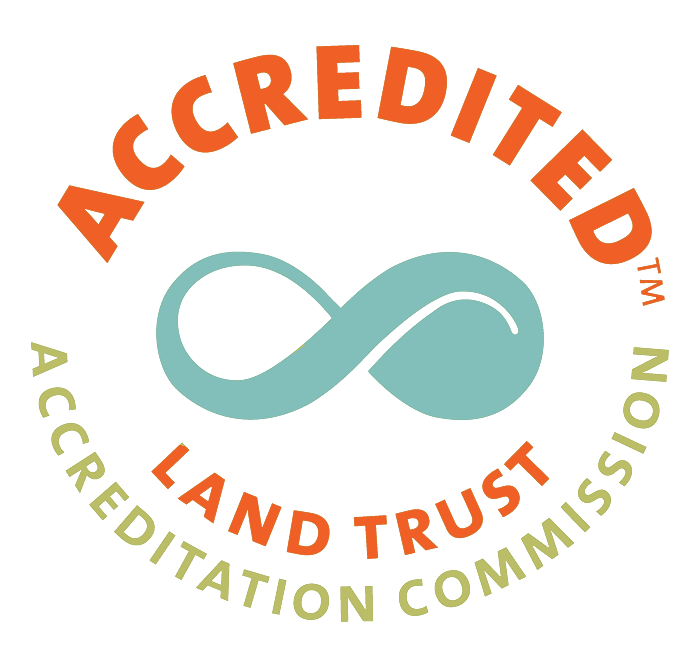It’s known to pull some North Country people out of their homes at dusk, often with favorite libation in hand, to sit and wait, listening intently.
And when they hear the first sign, to cheer and toast the arrival of spring!
What is this event that so fascinates us? The mating display of the woodcock.
While the size of a very plump robin, streaked brown and black to blend in to the forest floor, the American Woodcock (Scolopax miner) is actually a shorebird.
Describing the woodcock’s mating ritual predictably causes a “you’re pulling my leg” response from the uninitiated. (Or, they could just be laughing at us. You know, the folks who think we’re crazy for living up here in the first place.)
But it’s true. For a bird that’s extremely circumspect the rest of the year, they do go a bit crazy this time of year. Maybe like your shy Uncle Charlie hitting the dance floor after a few toasts at your wedding. Who knew?
The woodcock dance goes like this. On his stumpy little legs, the male starts strutting about, bobbing his head, and making a distinctive noise, a loud nasal “peeent!” about every 30 seconds or so, for several minutes. Then he launches himself into the air, gaining altitude and zooming around in wide circles. You can track him by the twittering sounds of the wind vibrating through his outer wingtips. He reaches his apex, then plummets in a corkscrew pattern, all the while emitting warbling and whistling sounds in an ever-increasing pitch. He hits the ground, and then starts all over. Presumably, a female has been judging this display from a modest distance.
Woodcock like early successional forests where there is a good mix of cover and areas where they can probe for food. They also need meadows or fields, or even edges of lawns, where they can perform their mating rituals. At night they will sleep tucked against a tree trunk or beneath a bush where the shelter is good. Tracing back to their shorebird roots, the female hens make indentations in the leaf litter to lay their eggs (clutches of four) much like a plover will along sandy beaches.
If a hen is disturbed early on the risk is high that she’ll abandon the nest. Once the chicks are born, a hen will feign dragging a broken wing along to lure predators away from her brood. Being a plump bird that makes its home on the ground can be risky. Dogs, cats, skunks, raccoons, coyotes, and foxes are all predators of woodcock.
The woodcock’s long bill is specially adapted to rummage for grubs, worms, and insects in the leaf litter and in the ground. They also rock up and down before plunging their bills to extract squiggling worms from the ground. It is believed that their rocking motion creates vibrations that make it easier for them to pinpoint where bugs are hiding.
Woodcock are an important migratory game bird in NH. They are hunted in the fall, and there is a strict bag and time limit as their numbers have been decreasing for years across the northeast, most likely due to habitat loss. NH Fish & Game has offered cost sharing to landowners who improve habitat for woodcock. Several years ago, ACT took advantage of this to hire a brontosaurus – a cutting head mounted on excavator body – to chop through an area that had gotten too dense for the ground dwelling birds. Now, the young alders that woodcock particularly like are growing again. And we’re hearing several of the birds peenting and doing their dance every evening at dusk.





